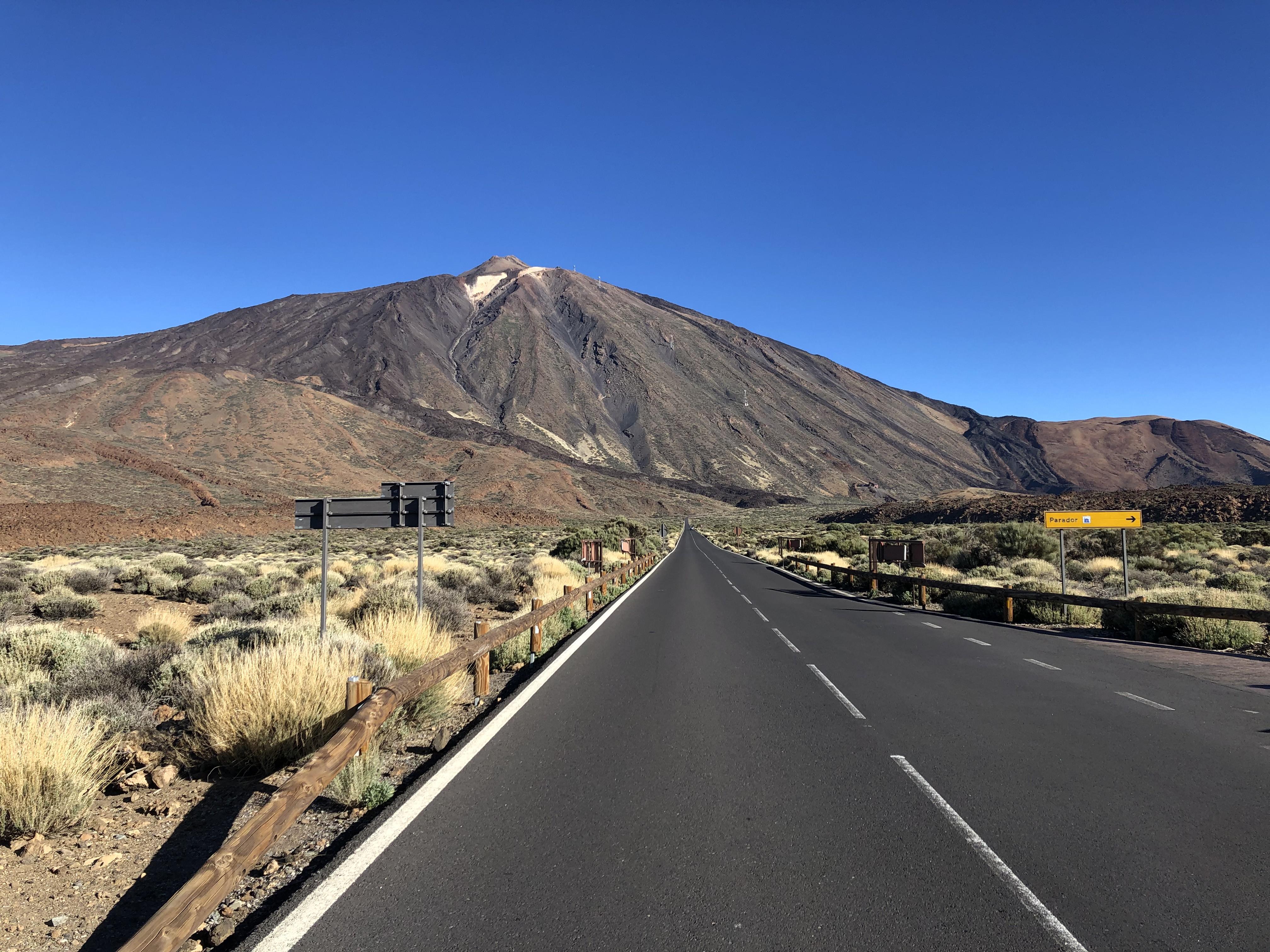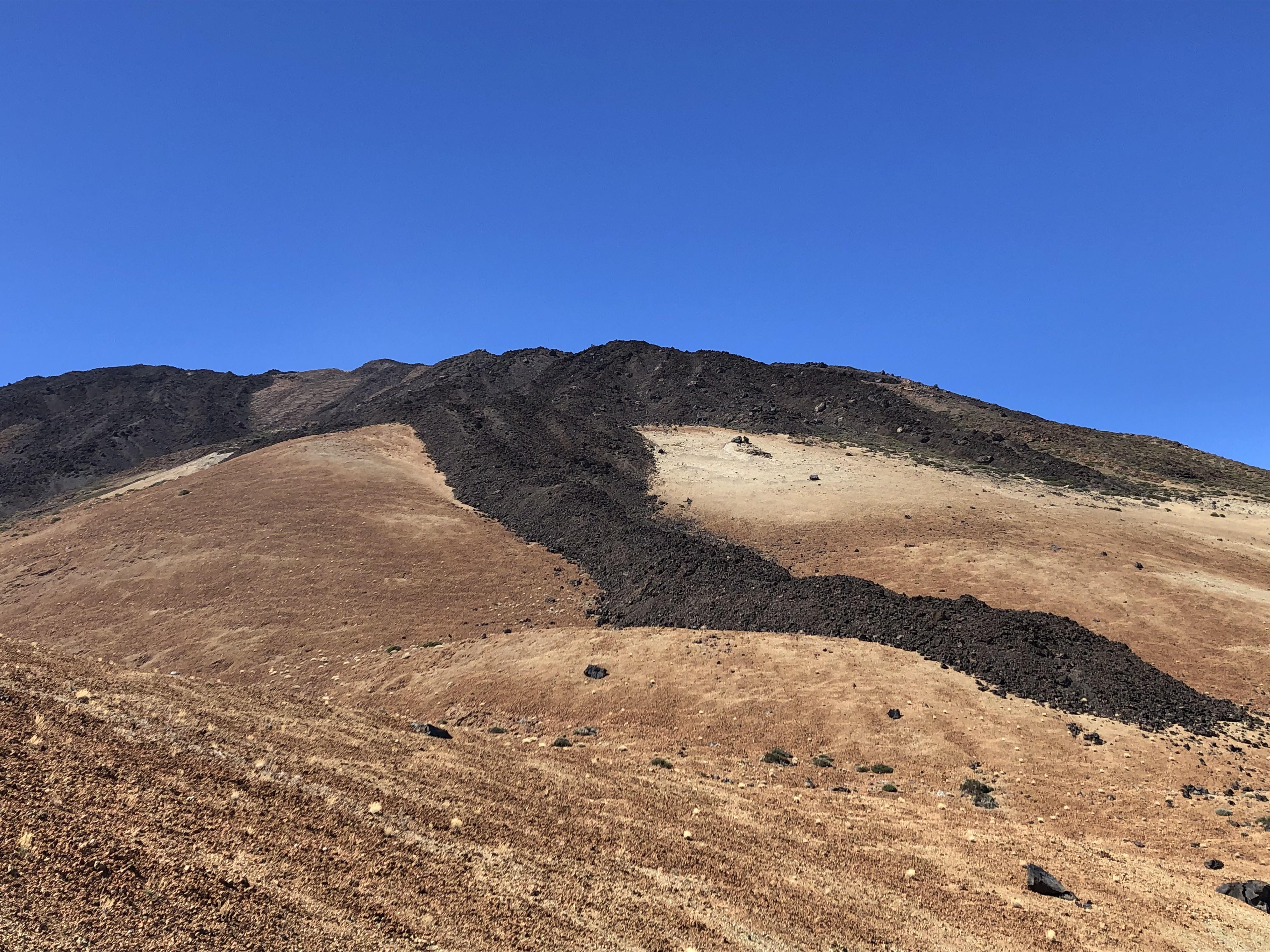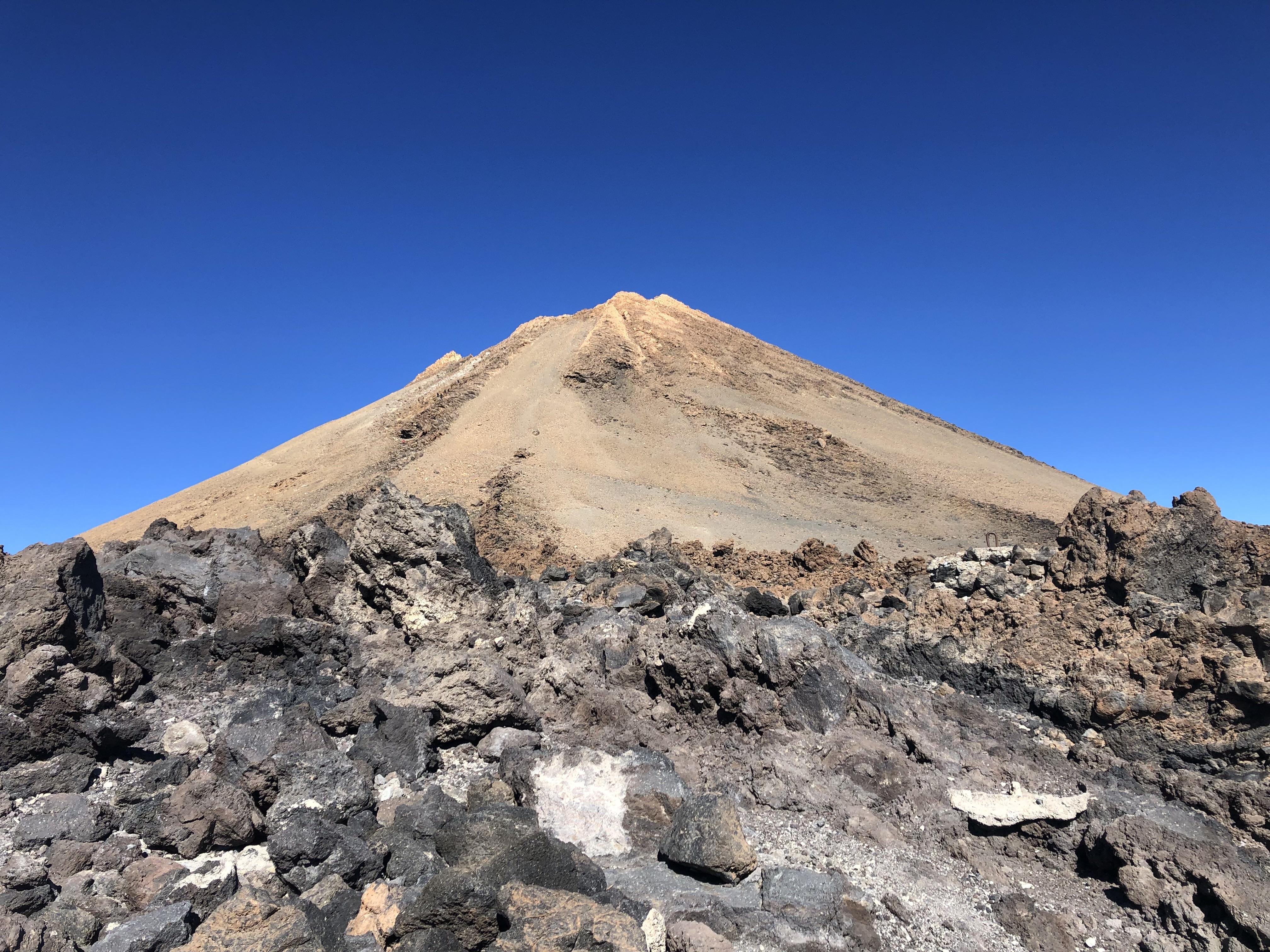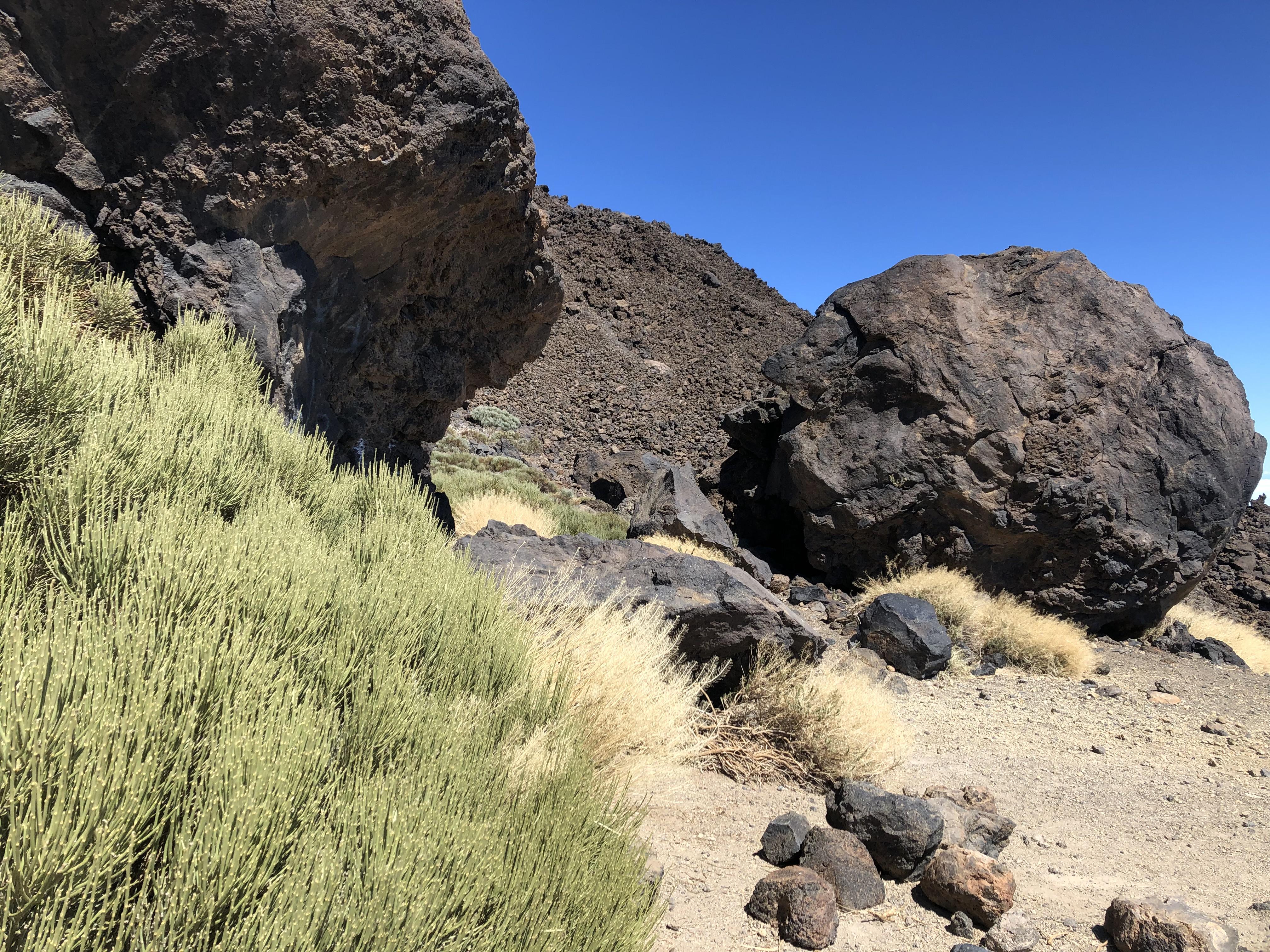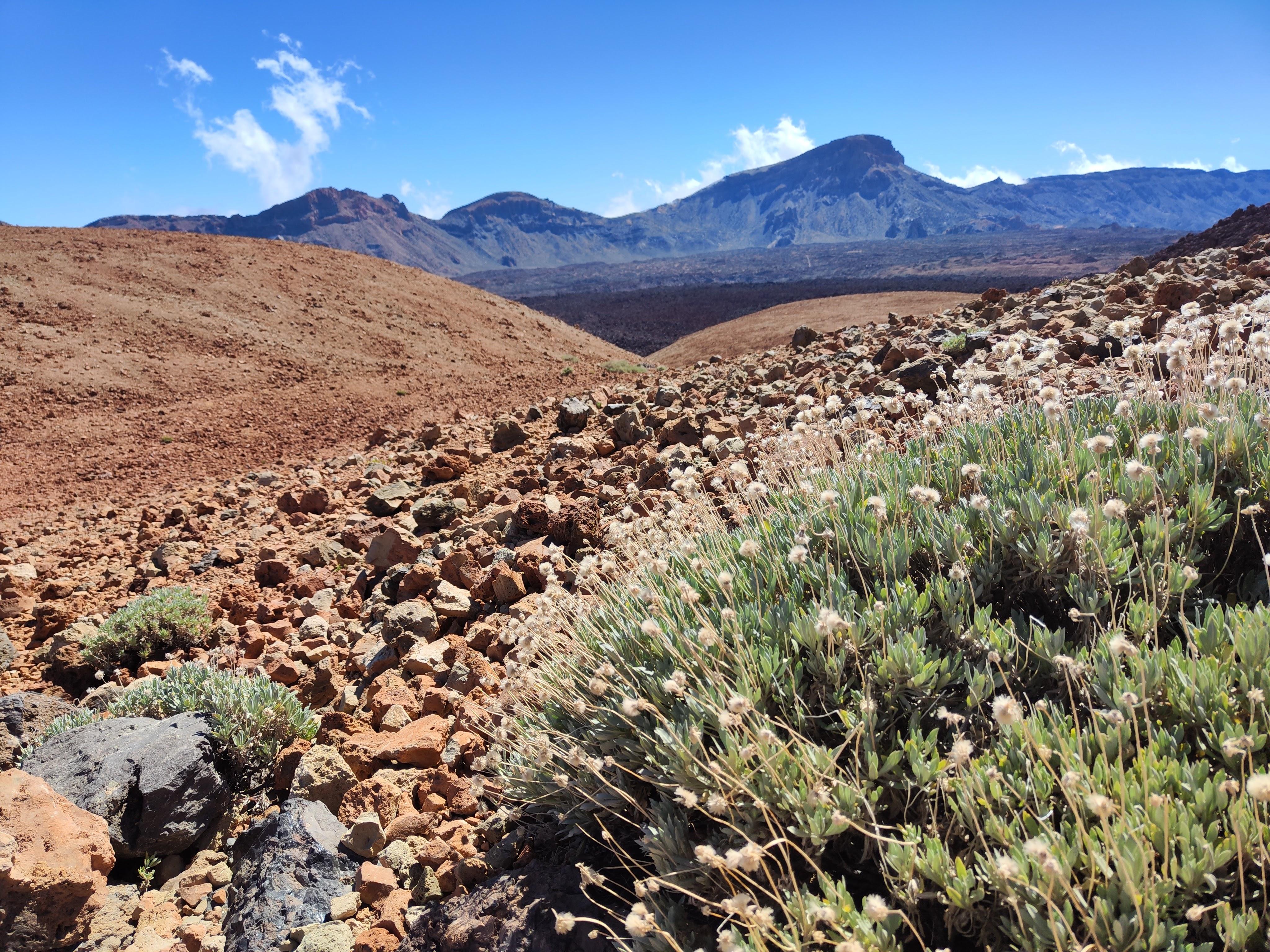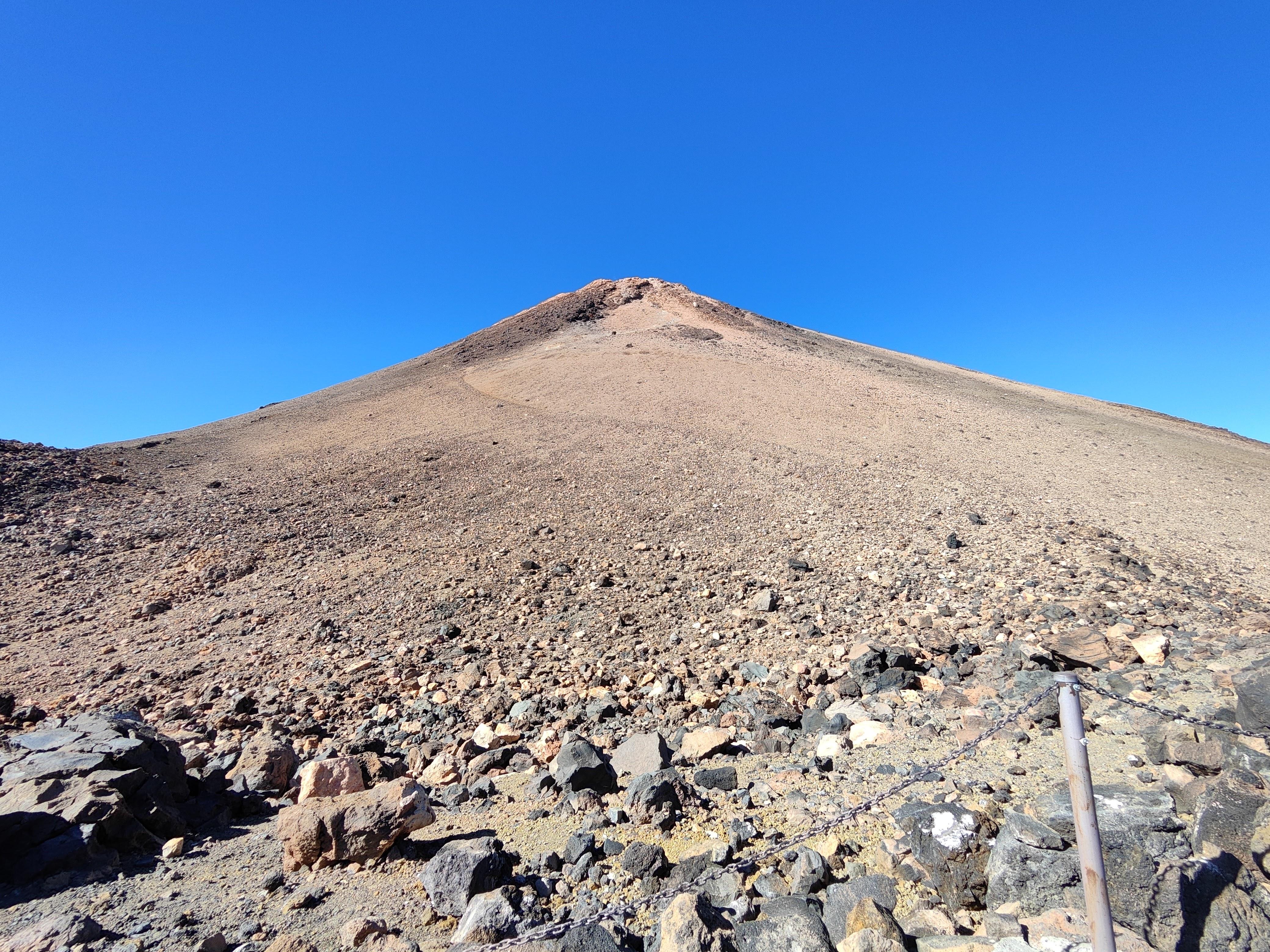Teide National Park and the volcano at its centre are the jewels of Tenerife. The 3,700-metre active volcano is not only the highest point in Tenerife, but also the highest in Spain. Entering the national park, you find yourself in a lunar landscape, shaped by volcanic rocks and extreme climatic conditions.
- Attractions in the Teide National Park
As you ascend the serpentine road, the landscape changes before your eyes: beyond the pine forest, there are many fascinating geological wonders, with caves, lava flows, craters and very unique flora. The Las Cañadas rock formation, for example, is also used as a location for film shootings.
The Teleférico del Teide rises to an altitude of 3555 metres. As this is the most popular attraction on the island, it is advisable to buy your ticket online in advance. From the top station of the cable car, you can enjoy a magnificent panoramic view on a clear day and walk on the volcanic trail to discover the volcano's unique environment. For the more adventurous, you can head to the 10 km long hiking route all the way down.
The summit can only be reached with a special permit and is only recommended for those with a good physical condition, as it is not far from the top of the cable car, but you have to take into account the lack of oxygen and the steep ridge. Nevertheless, the hike is very popular and it is recommended to ask for a permit 1-2 months in advance.
The concept of light pollution is non-existent on the mountain overlooking the island, which is why stargazing is a popular activity. During organised tours, you can watch the infinite star trails with professional telescopes and lasers, but the view is spectacular even without equipment.
At the lower station of the cable car, there is not much difference from the usual temperature on the island, but the upper station is expected to be much colder and there could be strong winds. It is also advisable to wear a hat, as the cold air and the wind make it impossible to feel the strong sunshine, but it is easy to get sunburnt. At night, the temperature can drop below zero, so warm clothing is recommended for stargazing.

